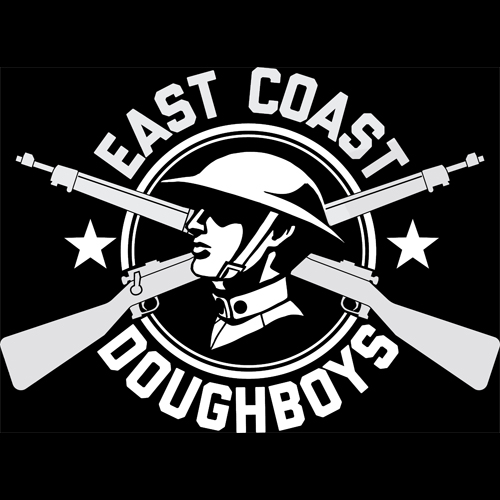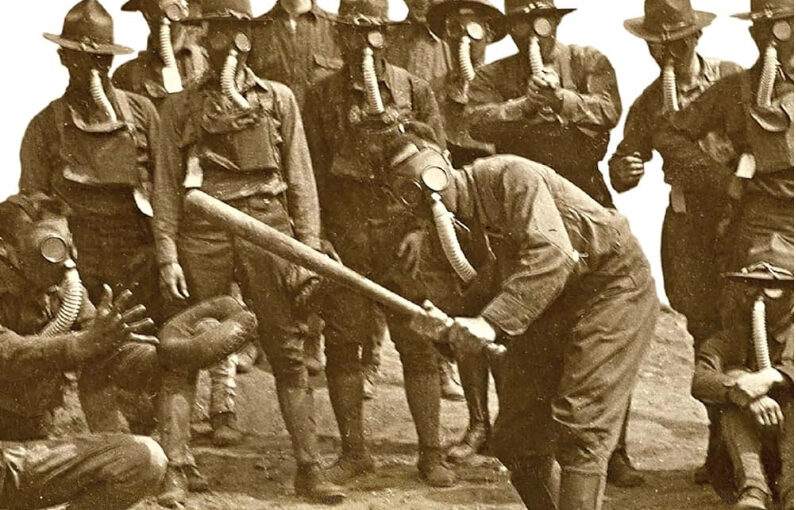What could be better than talking about baseball and World War I? How about a book about both subjects. On February 28, the East Coast Doughboys and the WWI Centennial Committee for New York City held an author talk via Zoom with Jim Leeke. He is the U.S. Navy veteran and author of The Gas and Flame Men: Baseball and the Chemical Warfare Service during World War I (University of Nebraska Press), which was just published in time for Spring Training.
Jim Leeke is a former journalist, creative director, and copywriter in Columbus, Ohio. He has contributed to various baseball publications, and also writes about other areas of American history. His numerous books include From the Dugouts to the Trenches: Baseball During the Great War, winner of the 2018 Larry Ritter Book Award.
When the United States officially entered World War I in 1917, it was woefully underprepared for chemical warfare, in which the British, French, and Germans had been engaged since 1915. In response, the U.S. Army created an entirely new branch: the Chemical Warfare Service. The army turned to trained chemists and engineers to lead the charge—and called on an array of others, including baseball players, to fill out the ranks.

The Gas and Flame Men explores how these famous baseball men, along with an eclectic mix of polo players, collegiate baseball and football stars, professors, architects, and prominent social figures all came together in the Chemical Warfare Service. Jim Leeke examines their service and its long-term effects on their physical and mental health—and on Major League Baseball and the world of sports. The Gas and Flame Men also addresses historical inaccuracies and misperceptions surrounding Christy Mathewson’s early death from tuberculosis in 1925, long attributed to wartime gas exposure.
For more news, follow the East Coast Doughboys on Instagram @eastcoastdoughboys

